Foundation Year: An Introduction
These are projects that happened somewhere between March 2009 and April 2010.
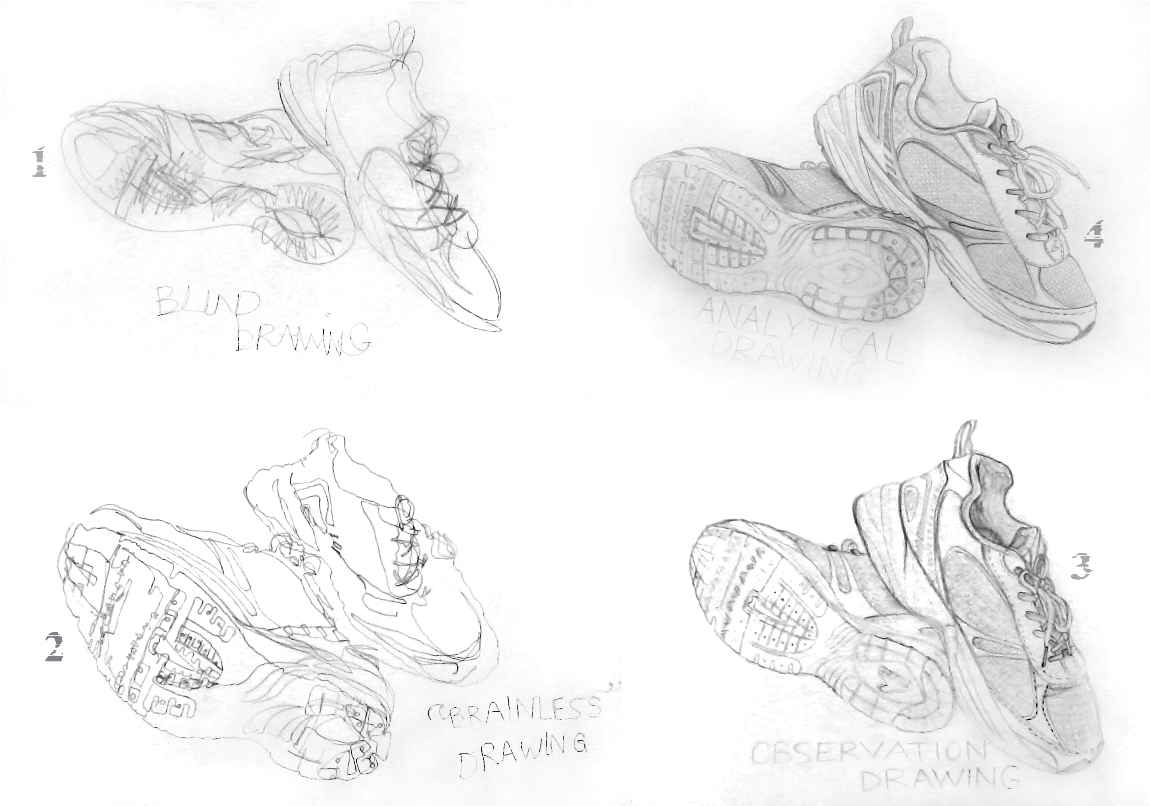
DRAWING TECHNIQUES
Yes, everyone can draw. The only thing that sets us apart are our techniques and our eye for detail. We were introduced to 4 types of drawing approach: Blind Drawing, 'Brainless' Psychomotor Drawing, Observation Drawing and Analytical Drawing. Each one being more elaborate than the previous one. The key to this exercise is practice and also depending in the difficulty of drawing the use you are wearing that day. So, we practised our skills using only the simplest tool of the trade: pencil, working together with the eyes and what they see.
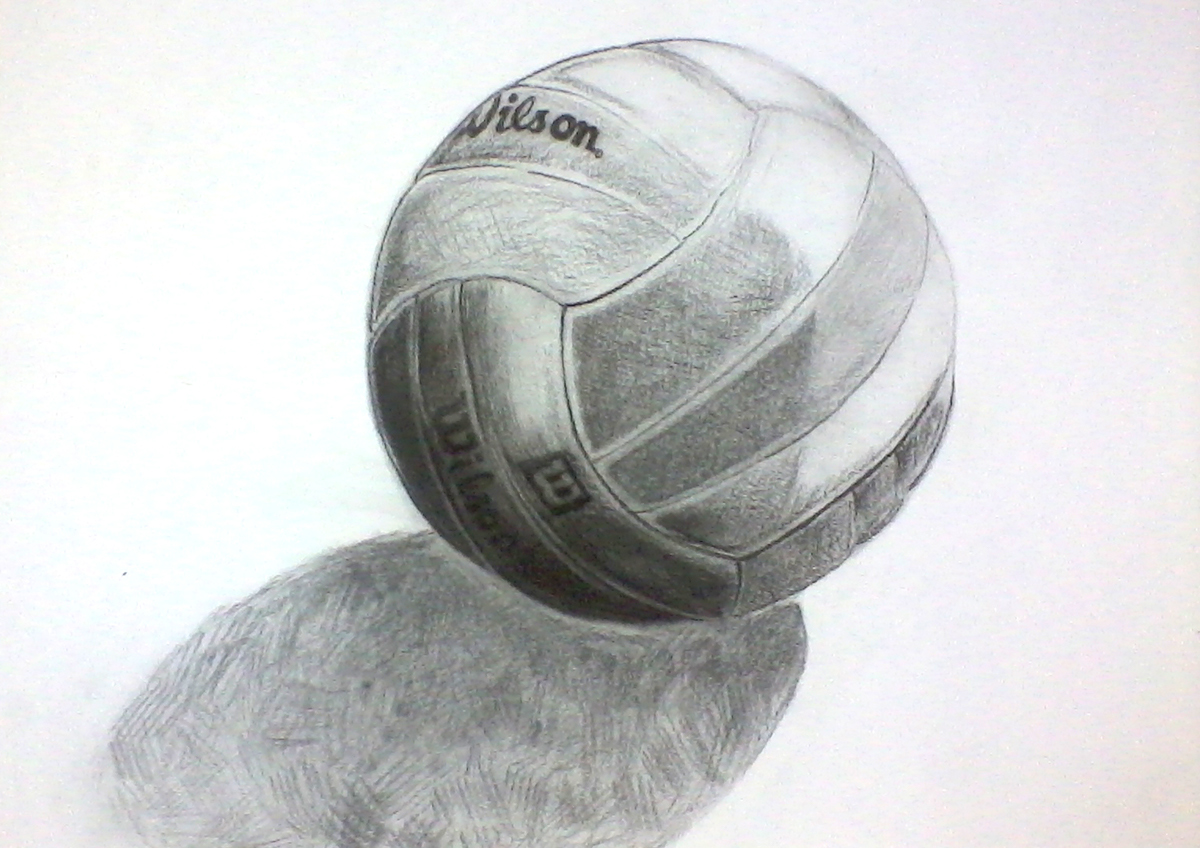
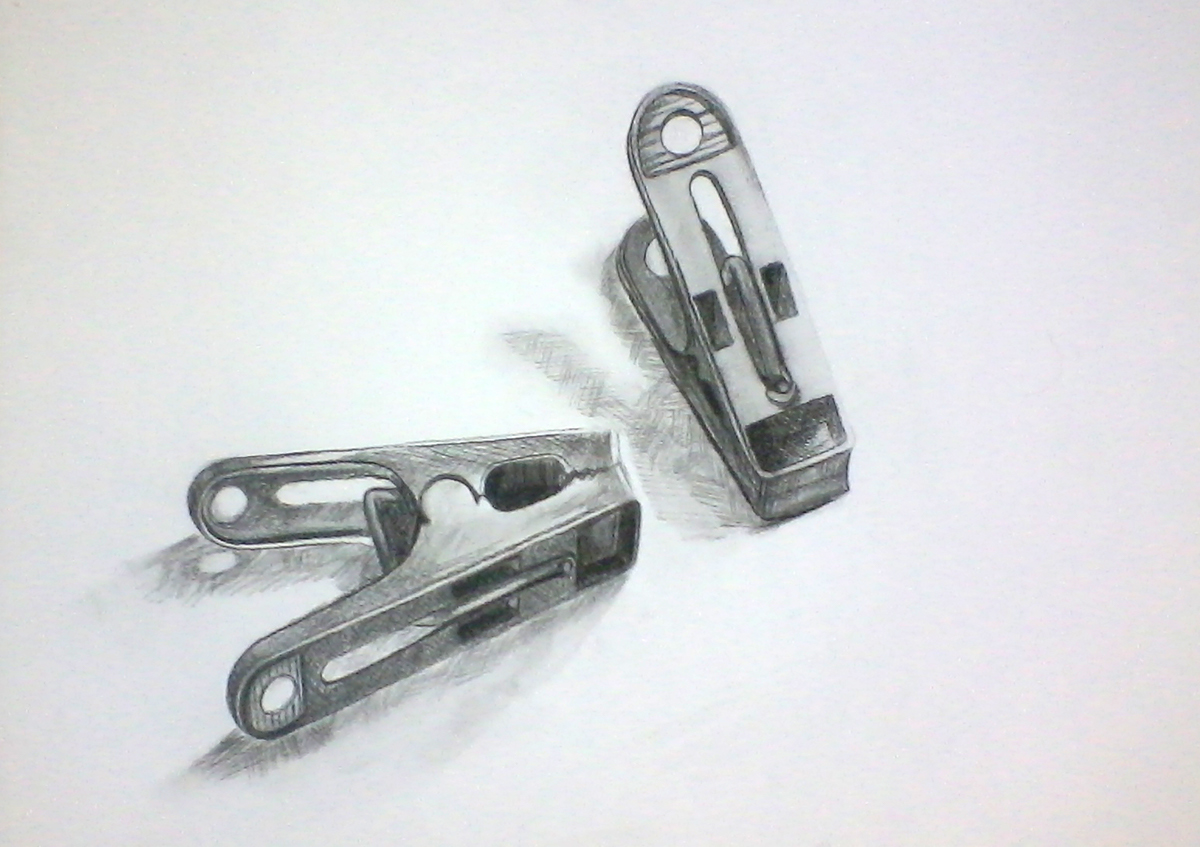
HATCHING
Lines, outlines and strokes of the pencil is vital to the success of producing a clear artwork. Pencil is a medium everyone is familiar with. Thus, we were only allowed to use charcoal sticks to complete this exercise of 1 drawing per day for an entire week.
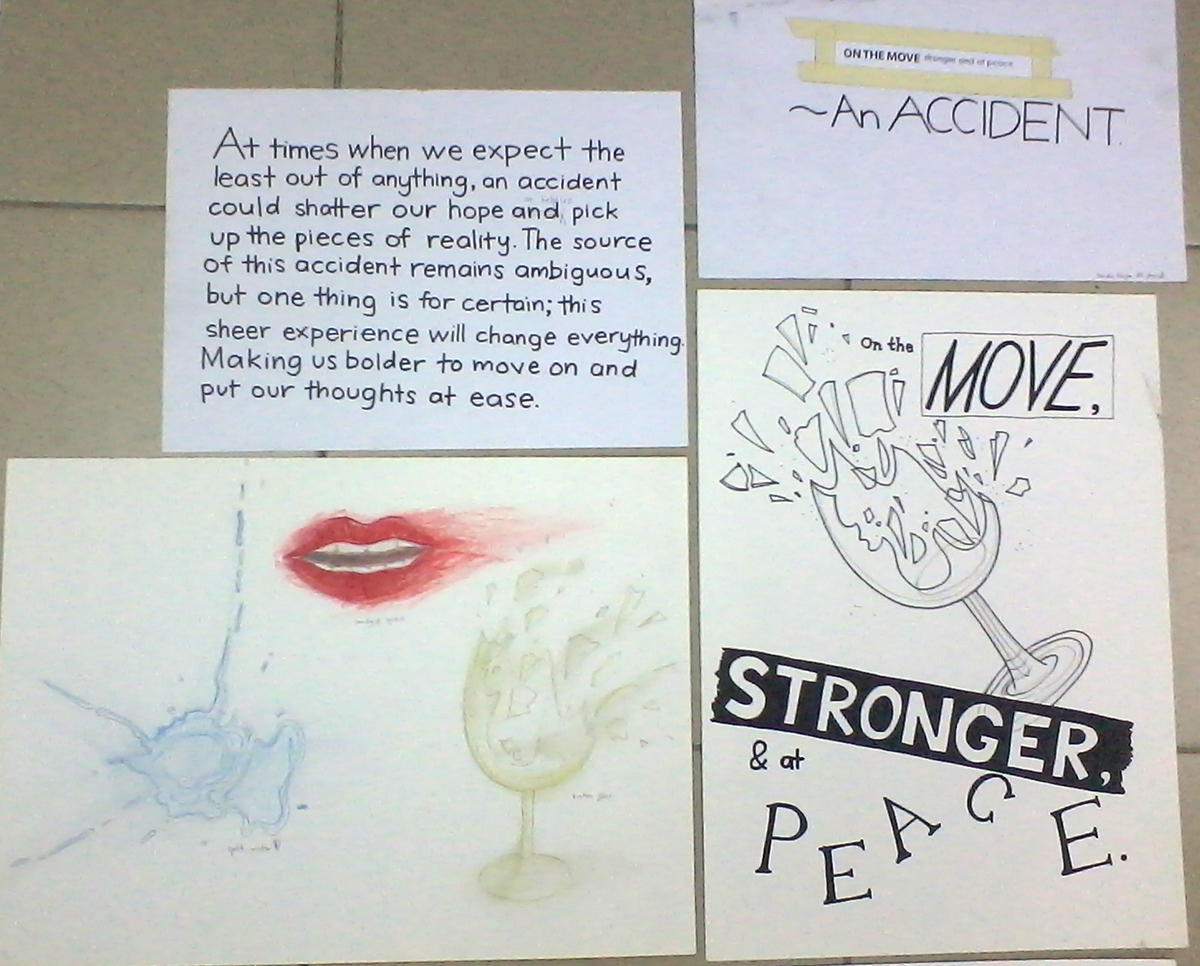

PICTURE THIS
Each of us were given a random phrase made out of magazine cut out phrases to make a sentence. We were to design a graphical representation of the sentence and justify our choice. This is the first exercise where a certain idea development poster or composition is necessary to outline the entire design concept. We were told to keep it monochrome and simple as the best design would be printed on a t-shirt.

ICONOGRAPHY


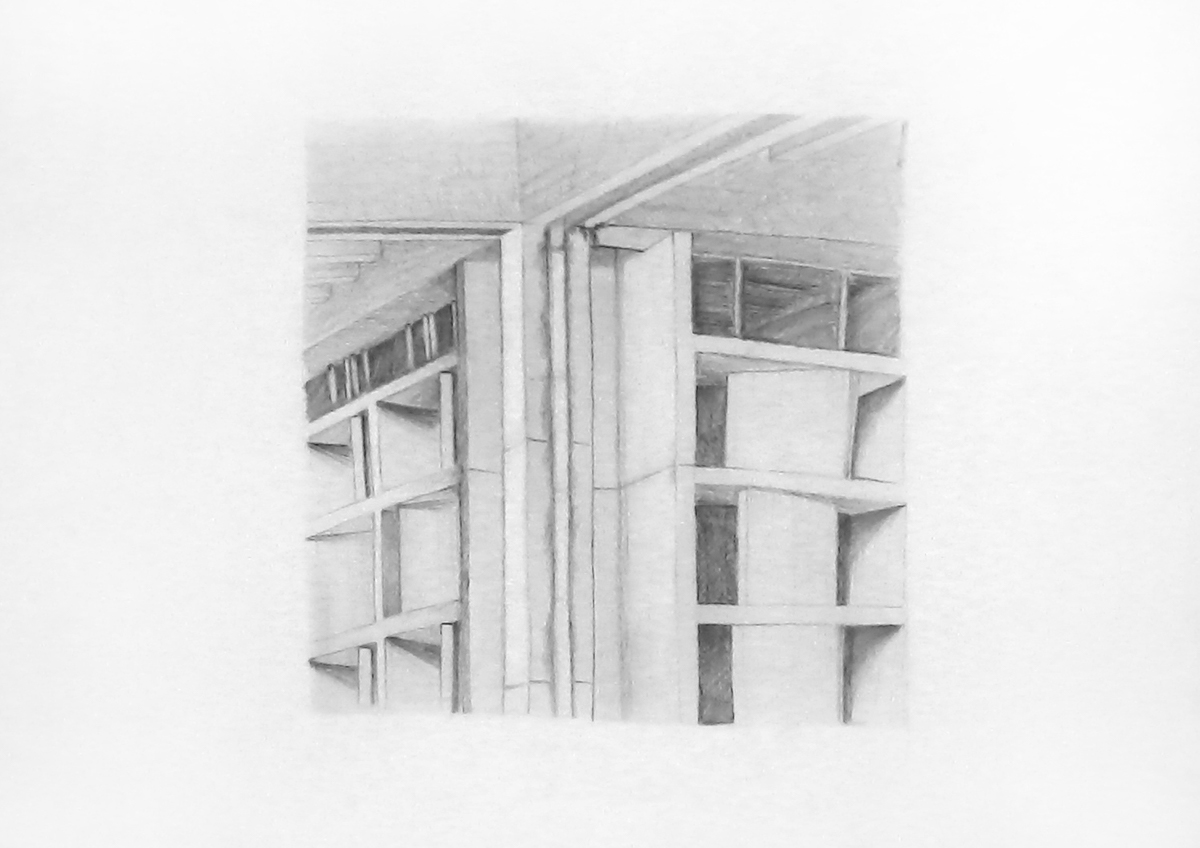
CHASING SHADOWS
Shadows create depth. A plane is brought to front and to the back. Only through shadow techniques, a 2D drawing can be perceived as 3D; an instantaneous sense of volume is another dimension that this type of illustration can give. As an exercise, we made paper heads and assembled them in groups. It is only after feeling each plane involved, we can expect how the shadows are formed with respect to the direction of light. After that we went to do some live sketches of buildings under the sun. We had to do a fast sketch, as accurate as possible before the sun changes position or even worse - rain!
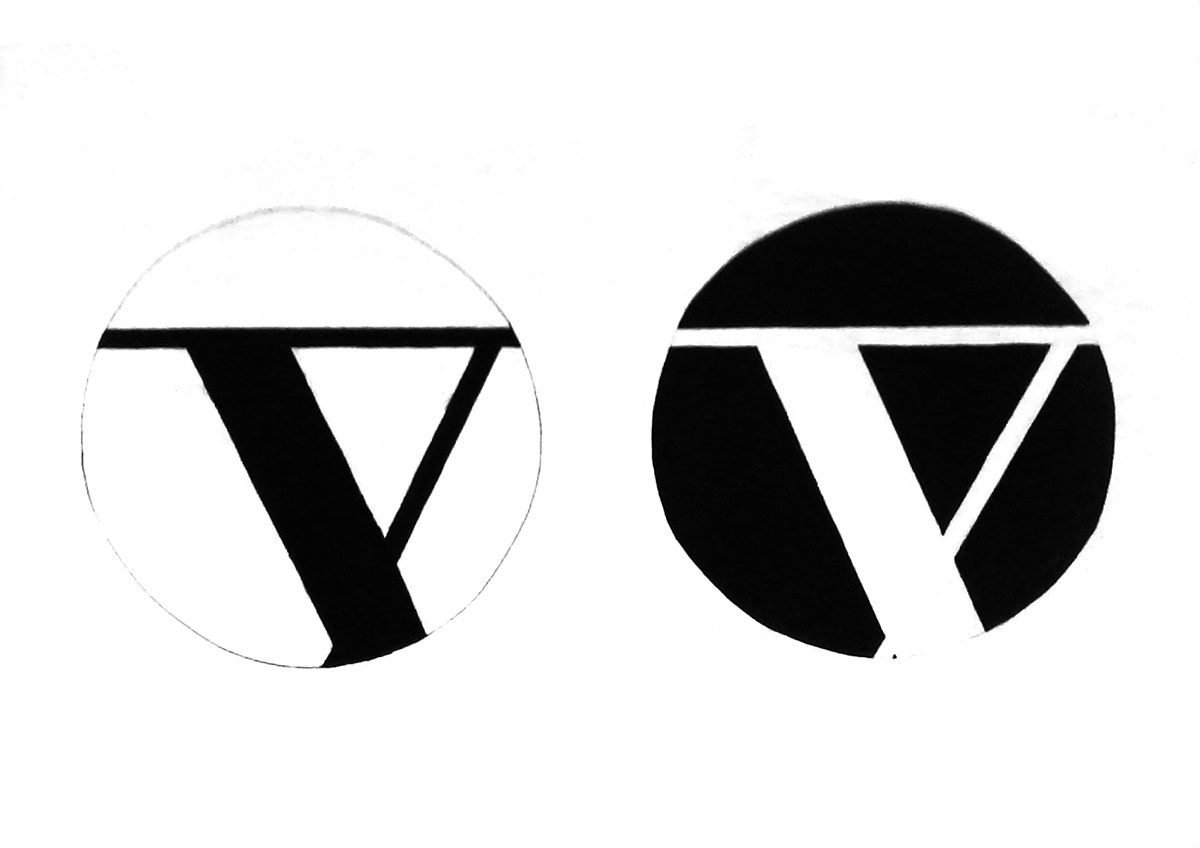
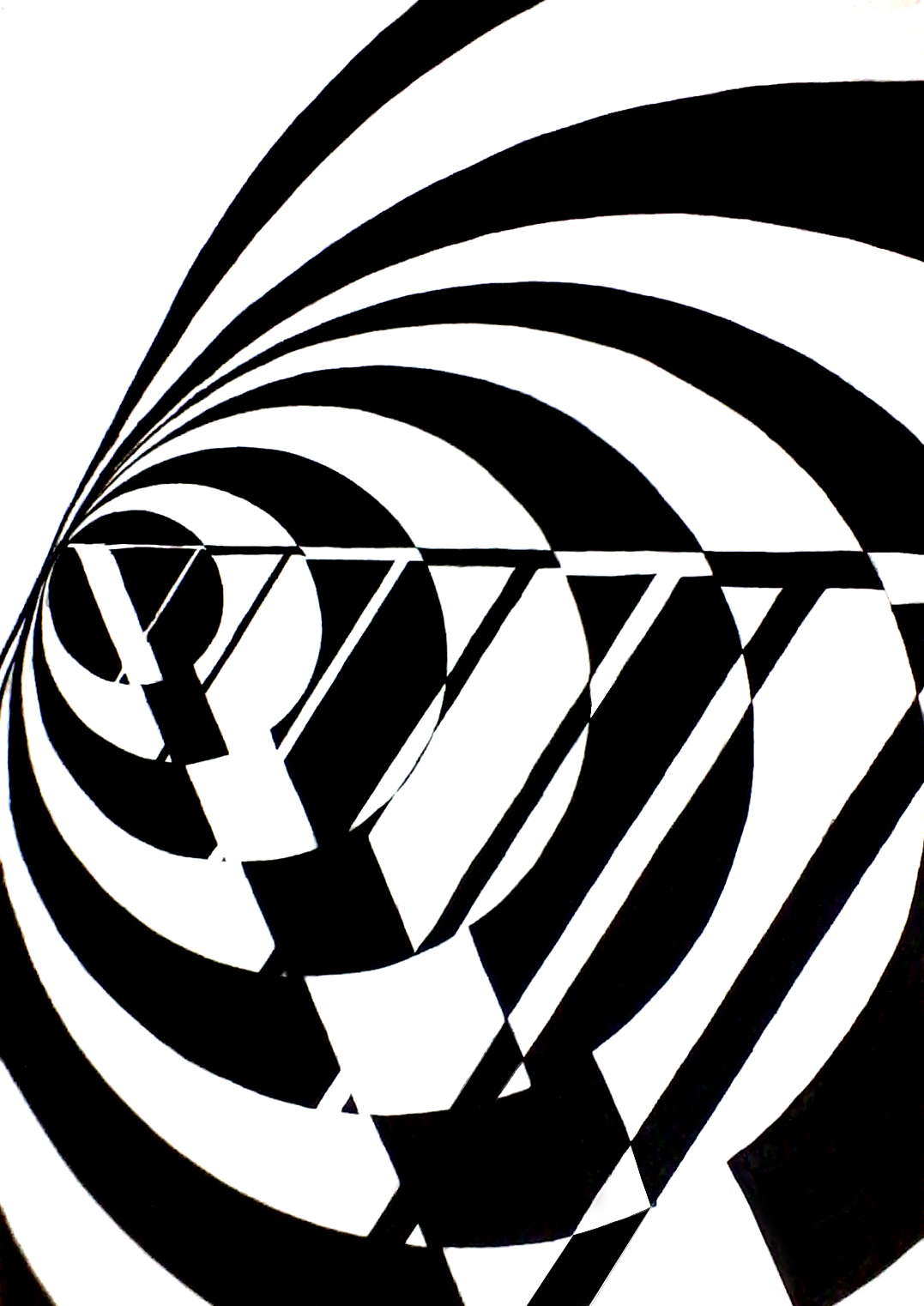
TYPOGRAPHY
Typeface and fonts matter. They form parts of a piece of writing that contributes to the whole of a project.
In order to appreciate them, we were instructed to select an alphabet from a certain font of choice and crop them to find a new iconic or symbolic meaning beyond the alphabet. the formation of negative and positive images are done with charcoal. Later on, the cropped identity of that letter is recomposed to further extend this new meaning.
Can you guess which letter I chose to crop?
Typeface and fonts matter. They form parts of a piece of writing that contributes to the whole of a project.
In order to appreciate them, we were instructed to select an alphabet from a certain font of choice and crop them to find a new iconic or symbolic meaning beyond the alphabet. the formation of negative and positive images are done with charcoal. Later on, the cropped identity of that letter is recomposed to further extend this new meaning.
Can you guess which letter I chose to crop?


TREE STUDIES
All elements of a tree can be isolated and looked at a closer glance. These natural components can then be translated into expressive forms or silhouettes that can retain or completely abandon its natural properties. The choices that go into a drawing is completely in control of the person drawing it. It's all in the strokes to begin and reach that destination of a complete drawing.

FIGURE STUDIES
After given time to analyse the human form and break then down into geometric shapes, we were told to do as many sketches as it takes to get it right. Again, only charcoal drawings are allowed. Studiomates and friends could either pose or became the moving subjects to draw.
The list goes on. These are just a few projects from the pile. My lecturer, Miss Anum, always reminds us that "There is not such thing as a bad drawing; there's only a drawing or no drawing at all". We should never judge a work before it is finished and doing with haste will only complicate the imagery resulting to an unclear message. I am grateful for having gone through this version of 'art school' only to reinforce my drawing skills and training the eye for architecture school.
Thank you too, for visiting this page :)
Thank you too, for visiting this page :)
- Huda
Foundation of Faculty of Built Environment
University of Malaya
2009/2010


